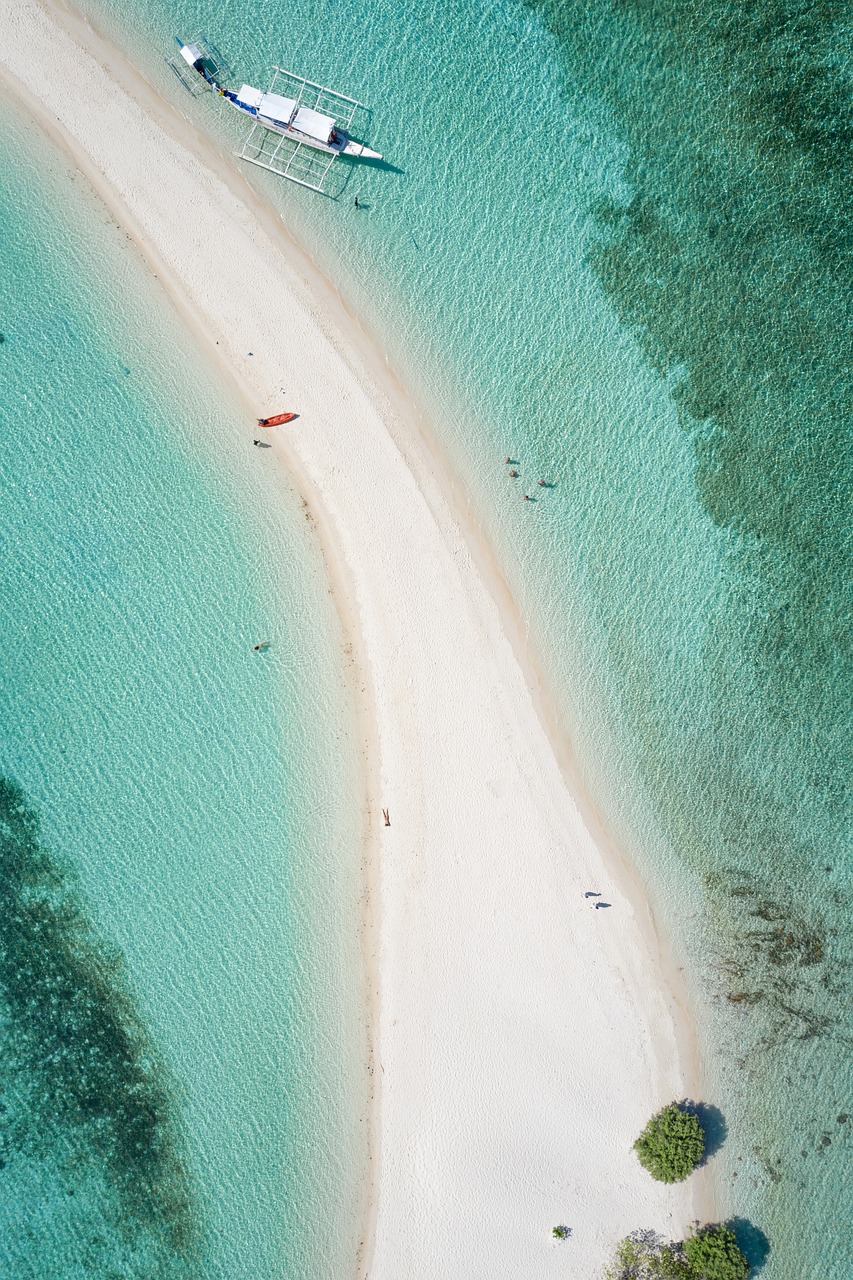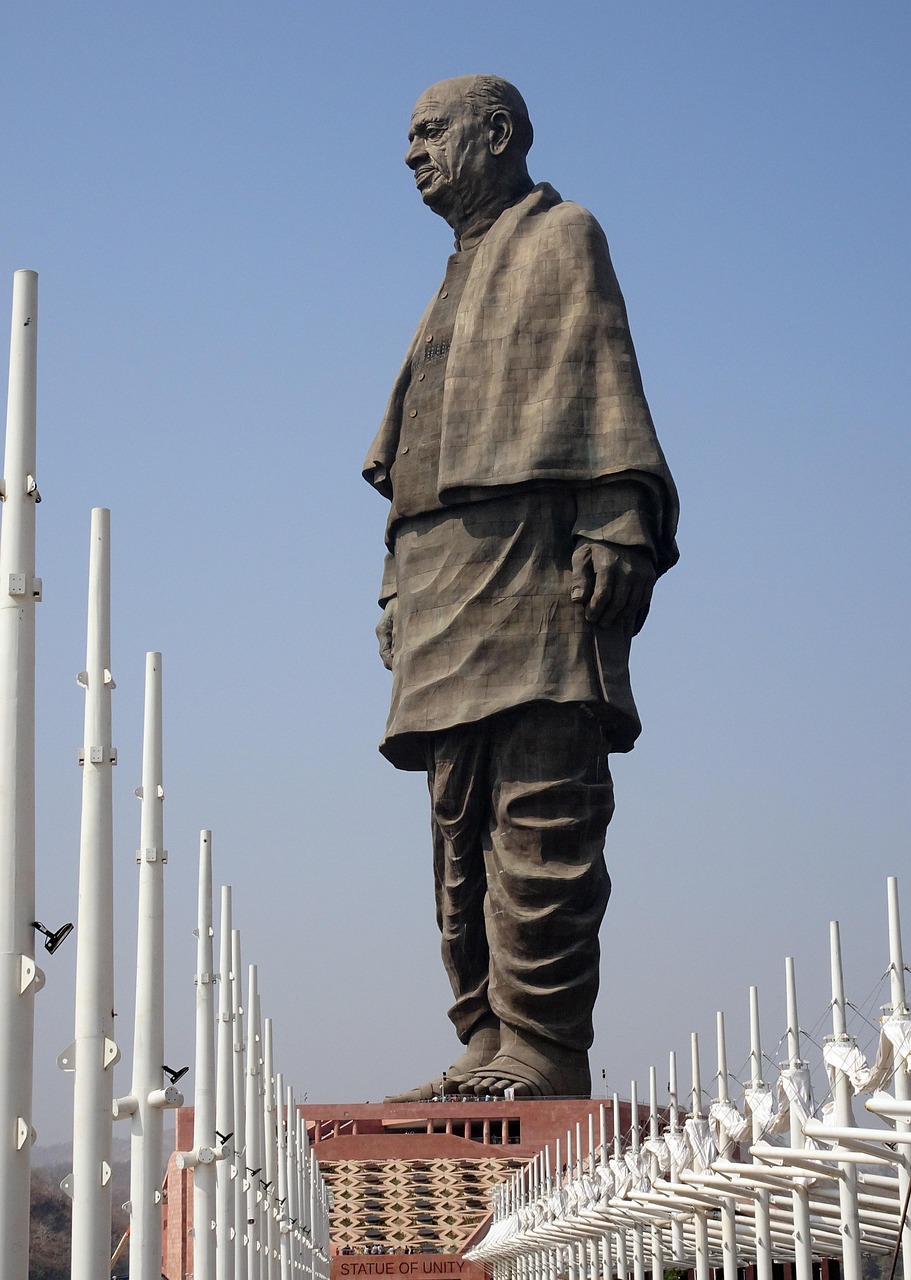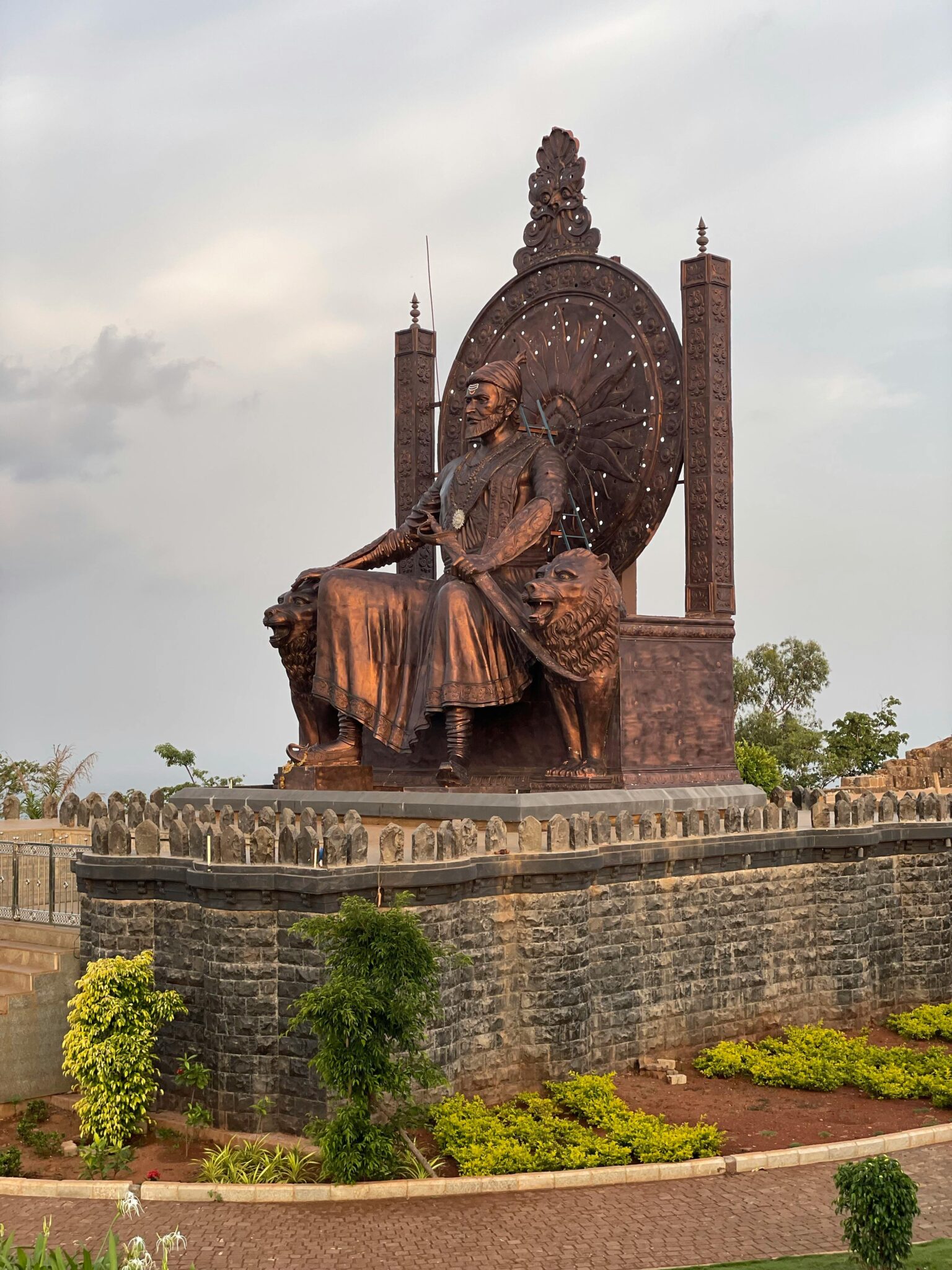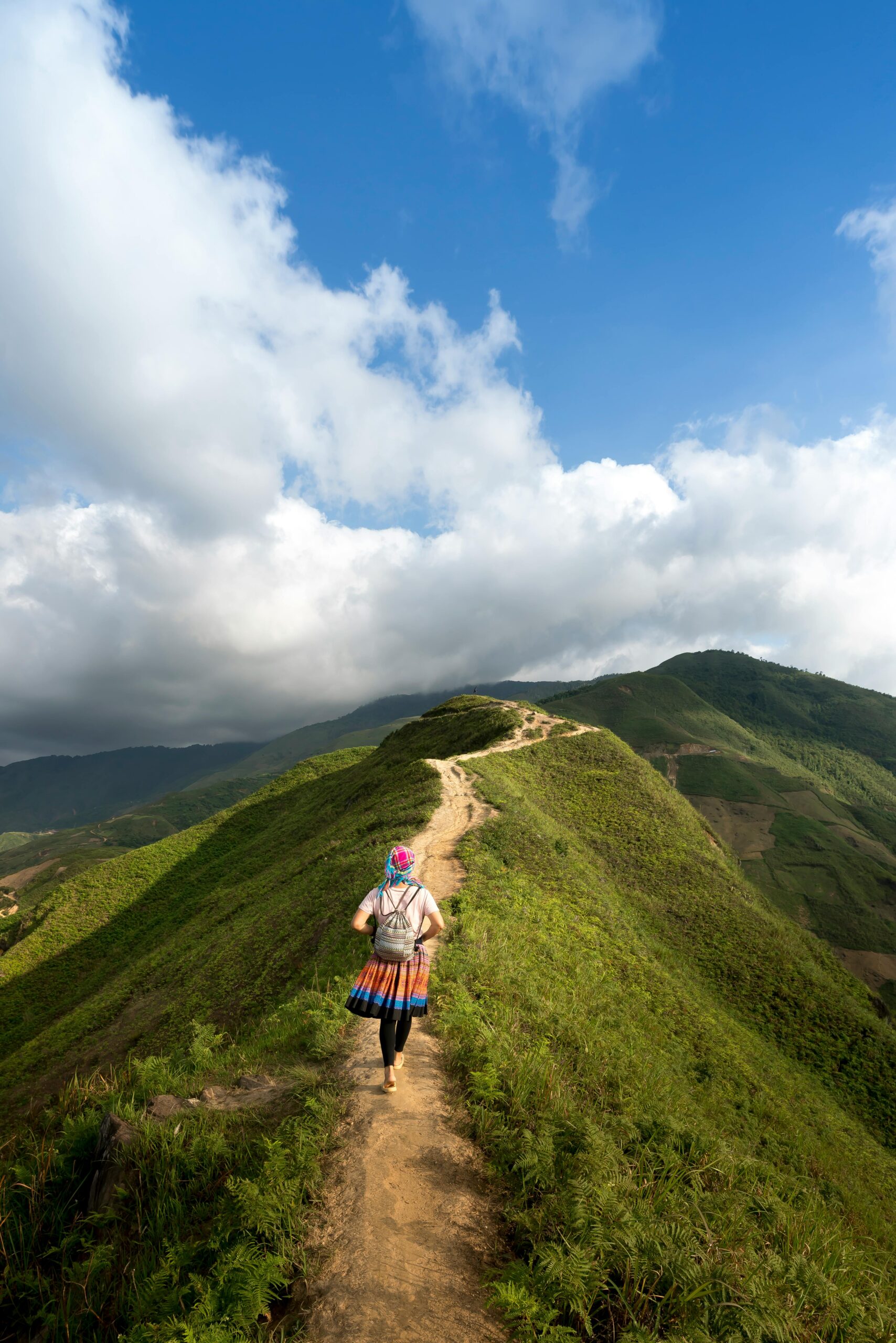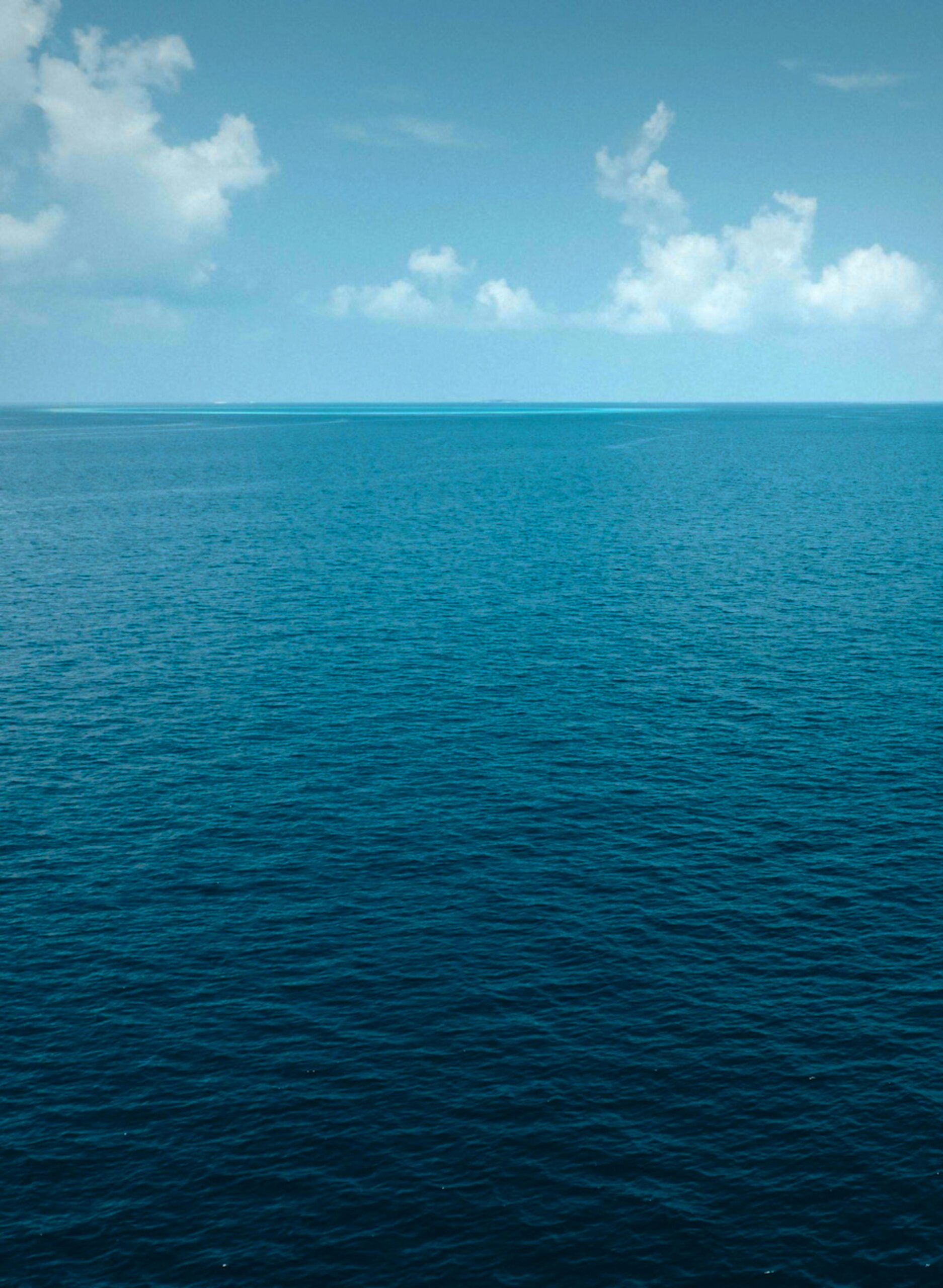Exploring Goa: The Pearl of the Western Coast
Introduction: A Coastal Paradise in the Konkan Region
Goa, located on the southwestern coast of India in the Konkan region, is a state that offers a perfect blend of scenic beauty, rich history, and vibrant culture. Geographically separated from the Deccan Plateau by the Western Ghats, Goa is bound by the Arabian Sea to the west. It is the smallest state in India but boasts the second-highest GDP, reflecting its prosperous economy.
Economy and Infrastructure
Goa’s economy is driven by tourism, mining, agriculture, and its thriving infrastructure. Known for its beaches, cultural heritage, and colonial architecture, Goa has become a major tourist destination, contributing significantly to its GDP. The state also stands out for its high-quality infrastructure, which has helped it achieve one of the best qualities of life in India, based on the “12 Indicators” commission’s report.
History and Cultural Legacy
Goa’s history is deeply influenced by Portuguese colonization, which lasted for around 456 years until it was annexed by India in 1961. The official language of Goa is Konkani, which is spoken by the majority of its population. Panaji is the state capital, while Vasco da Gama is its largest city, with Margão (or “Madgaon”) being another important urban center.
Conclusion: Goa’s Unique Charm
Goa, with its blend of natural beauty, rich heritage, and high standard of living, continues to be one of India’s most attractive states. Whether you’re exploring its pristine beaches, enjoying its vibrant festivals, or savoring its distinctive cuisine, Goa offers an experience like no other. Its unique history, culture, and economic prosperity make it a truly remarkable destination in India.
– Your Next Adventure Awaits!
Exploring Gujarat: The Western Jewel of India
Introduction: A Coastal State with Rich Heritage
Gujarat, located along the western coast of India, is known for its vibrant culture, thriving economy, and historical significance. With a coastline of about 1,600 km (990 mi), the longest in India, Gujarat boasts scenic beauty and economic vitality. Most of this coastline lies on the Kathiawar Peninsula, making it a strategic region for trade and maritime activities.
Geography and Location
Covering an area of 196,024 km² (75,685 sq mi), Gujarat is the fifth-largest state in India by area. The state is bordered by Rajasthan to the northeast, Dadra and Nagar Haveli and Daman and Diu to the south, Maharashtra to the southeast, and Madhya Pradesh to the east. Its strategic location has made it an important hub for commerce and culture.
Capital and Language
The capital city of Gujarat is Gandhinagar, known for its well-planned urban infrastructure, while Ahmedabad, the largest city, serves as the state’s industrial and economic center. The official language of Gujarat is Gujarati, which is spoken by the majority of the state’s population. Gujaratis are the indigenous people of the state, and their language and culture are central to Gujarat’s identity.
Conclusion: Gujarat’s Legacy and Growth
Gujarat’s combination of rich history, diverse culture, and robust economic growth makes it one of India’s most prominent states. Its significant coastline, coupled with its historical and cultural wealth, contributes to its dynamic position in India. Whether through trade, tourism, or culture, Gujarat continues to shine brightly as a key player in India’s development.
– Your Next Adventure Awaits!
Exploring Maharashtra: The Heart of Western India
Introduction: A State of Diversity and Prosperity
Maharashtra, located in the western peninsular region of India, is a state rich in history, culture, and economic importance. Occupying a substantial portion of the Deccan Plateau, Maharashtra is bordered by the Arabian Sea to the west and shares its land boundaries with several states, including Karnataka, Goa, Telangana, Chhattisgarh, Gujarat, and Madhya Pradesh.
Geography and Location
Maharashtra’s diverse geography includes coastal plains, mountain ranges, and plateaus. The state is known for its varied landscapes, from the Sahyadri mountain ranges to the fertile plains along the Krishna River. Its location along the Arabian Sea also gives it a strategic advantage for trade and commerce.
Population and Significance
Maharashtra is the second-most populous state in India, with a large and diverse population. It is also one of the most populous subdivisions in the world, making it a significant political, economic, and cultural powerhouse in the country. The state is home to Mumbai, India’s financial and entertainment capital, further cementing Maharashtra’s importance on the national and global stage.
Conclusion: A State of Growth and Influence
With its rich heritage, bustling cities, and vital role in India’s economy, Maharashtra stands as one of the most influential states in the country. From its ancient forts and temples to its modern urban centers, Maharashtra offers a unique blend of tradition and progress. Whether in commerce, culture, or politics, Maharashtra continues to play a key role in shaping India’s future.
– Your Next Adventure Awaits!
Exploring Dadra and Nagar Haveli: A Historical and Strategic Territory
Introduction: A Unique Union Territory
Dadra and Nagar Haveli is a small union territory located in western India. It is a unique geographical region that consists of two main areas: Dadra, a small district wedged between Gujarat and Maharashtra, and Nagar Haveli, which is a landlocked region surrounded by Gujarat. The administrative headquarters of Dadra and Nagar Haveli is Silvassa.
History: From Portuguese Rule to Integration
Dadra and Nagar Haveli was under Portuguese control from 1783 until the mid-20th century. In 1954, it was captured by pro-India forces and brought under Indian administration. In 2020, Dadra and Nagar Haveli was merged with the neighboring union territory of Daman and Diu, forming a new combined territory called “Dadra and Nagar Haveli and Daman and Diu” on January 26, 2020.
Geography and Economy
The territory’s location between Gujarat and Maharashtra gives it strategic importance, with its terrain consisting mainly of hills, forests, and rivers. Despite its small size, Dadra and Nagar Haveli is rich in natural resources, especially timber and forest products. The economy of the region is primarily based on agriculture, small-scale industries, and tourism, with Silvassa being a key economic hub.
Conclusion: A Blend of History and Growth
Dadra and Nagar Haveli has a rich colonial history and is now part of the growing union territory of Dadra and Nagar Haveli and Daman and Diu. Despite its small size, the region has contributed significantly to India’s economic and cultural diversity, offering visitors a unique blend of historical significance and natural beauty.
– Your Next Adventure Awaits!
Exploring Pune: The Cultural and Educational Hub of India
Introduction: A Thriving City in Western India
Pune, once spelled as Poona until 1978, is a prominent city located in the state of Maharashtra, situated on the Deccan Plateau in Western India. Known for its rich history and vibrant culture, Pune serves as the administrative headquarters of both Pune district and Pune division.
Economic Powerhouse: IT, Automobile, and Manufacturing
Pune is recognized as one of India’s largest IT hubs, housing numerous software and technology companies. Additionally, the city stands as a key automobile and manufacturing center, contributing significantly to the national economy.
Educational Excellence: The “Oxford of the East”
Often referred to as the “Oxford of the East,” Pune is home to a range of prestigious educational institutions. The city has earned a reputation for its academic excellence and is a popular destination for students from across the country and abroad.
Liveability and Quality of Life
Pune has consistently ranked as “the most liveable city in India,” owing to its blend of modern infrastructure, cultural heritage, and high standard of living. Its pleasant climate, green spaces, and cosmopolitan lifestyle attract many residents and visitors alike.
Conclusion: A City of Opportunity and Heritage
Pune stands as a dynamic city, offering a harmonious blend of history, education, economic growth, and quality of life. Whether you’re looking for career opportunities in IT and manufacturing, exploring its cultural landmarks, or seeking world-class education, Pune offers something for everyone.
– Your Next Adventure Awaits!
Daman and Diu: A Historical Overview
Introduction: A Former Union Territory in Northwestern India
Daman and Diu was a union territory in northwestern India, known for its picturesque coastline and colonial history. With an area of 112 km² (43 sq mi), it consisted of two geographically separated districts: Daman and Diu Island.
Colonial Legacy and Annexation
Once a Portuguese colony, Daman and Diu remained under Portuguese rule until the annexation of Goa in 1961. Following this, Daman and Diu were administered as part of the union territory of Goa, Daman and Diu, between 1961 and 1987.
Becoming Separate Union Territories
After the Goa Opinion Poll of 1987, Daman and Diu became a separate union territory, distinct from Goa. This separation reflected the unique administrative and cultural identity of the region.
Merger with Dadra and Nagar Haveli
In 2019, a legislative decision led to the merging of Daman and Diu with the neighboring union territory of Dadra and Nagar Haveli. The merger officially came into effect on 26 January 2020, forming the new union territory of Dadra and Nagar Haveli and Daman and Diu.
Conclusion: A New Chapter
The union territory of Dadra and Nagar Haveli and Daman and Diu is now a single administrative entity, marking the end of the separate existence of Daman and Diu. Despite this change, Daman and Diu’s unique cultural and historical influence remains an integral part of the region’s identity.

